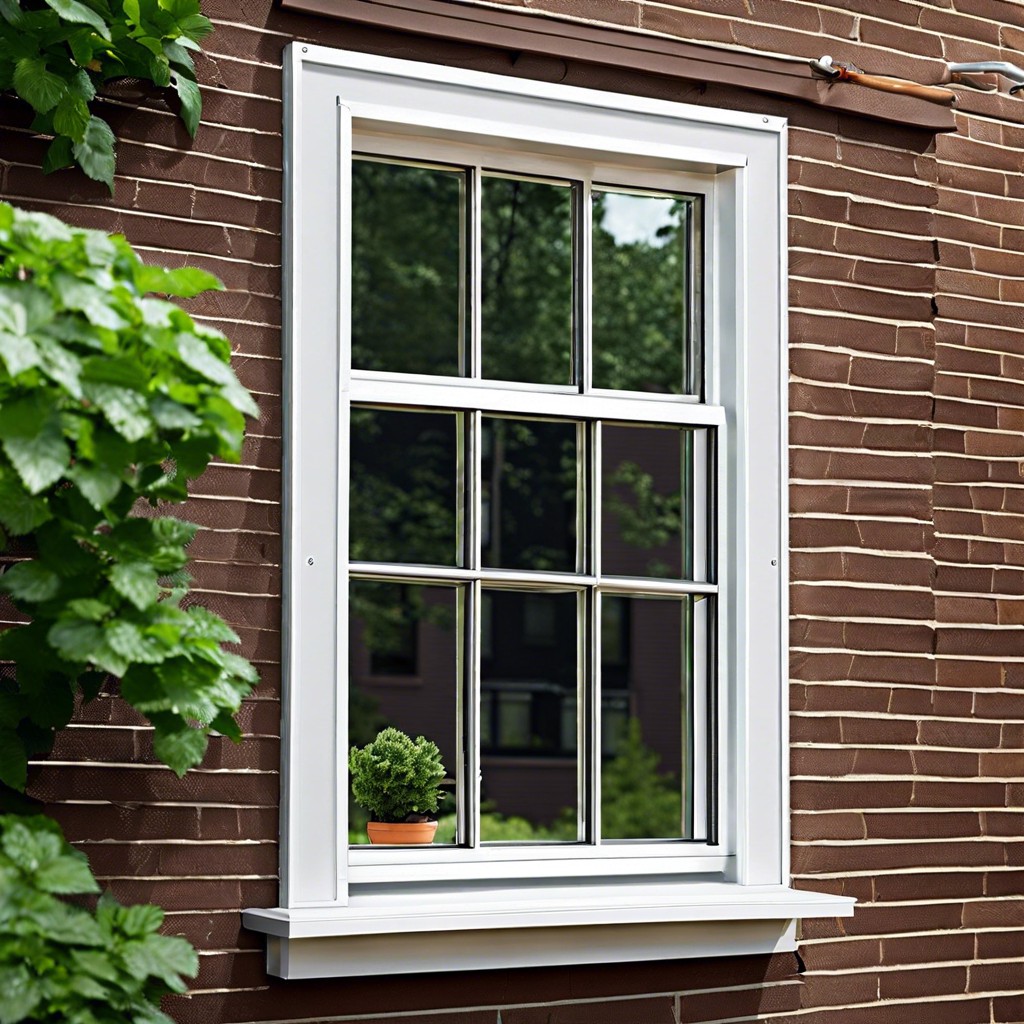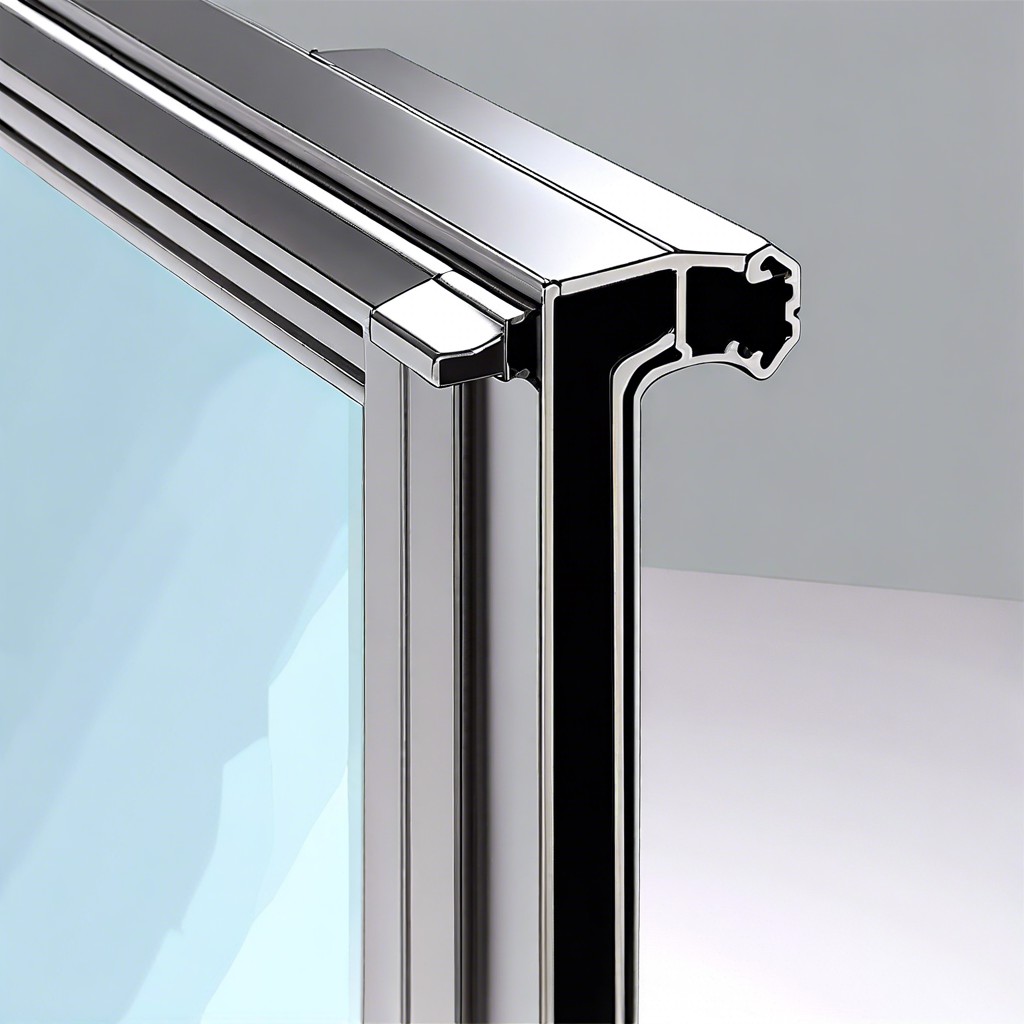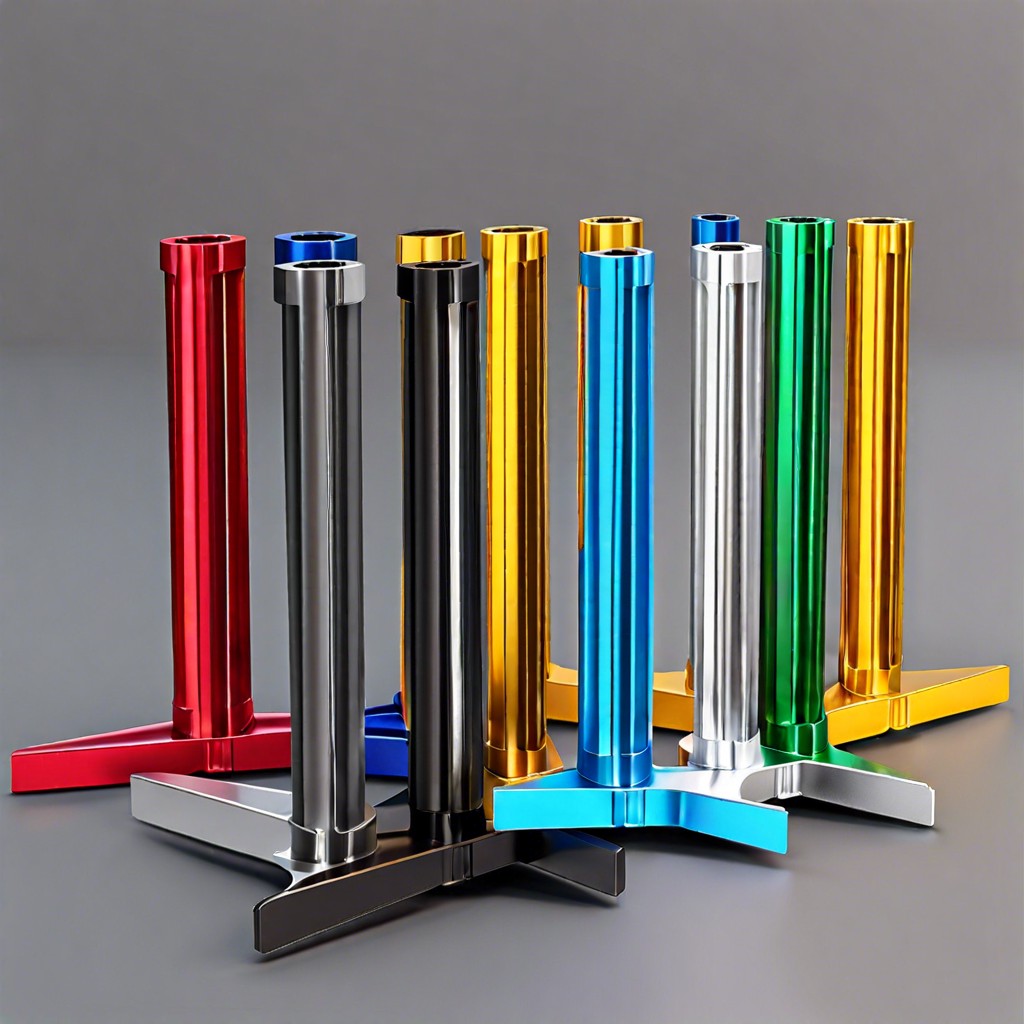We’ll demystify the labels of energy-efficient window certifications and standards to help you make informed decisions when shopping for windows.
As a homeowner, I always thought windows were just pieces of glass that let in light and air. But when I started looking for new windows for my home, I quickly realized there was so much more to it than just picking out a style and size.
There were energy ratings, certifications, and labels that seemed like they were written in another language. It was overwhelming.
But after researching and talking to industry experts, I learned that understanding these labels is crucial if you want to make an informed decision about your windows. That’s why I want to demystify these labels for you today and help you understand what they mean.
Understanding Window Labels
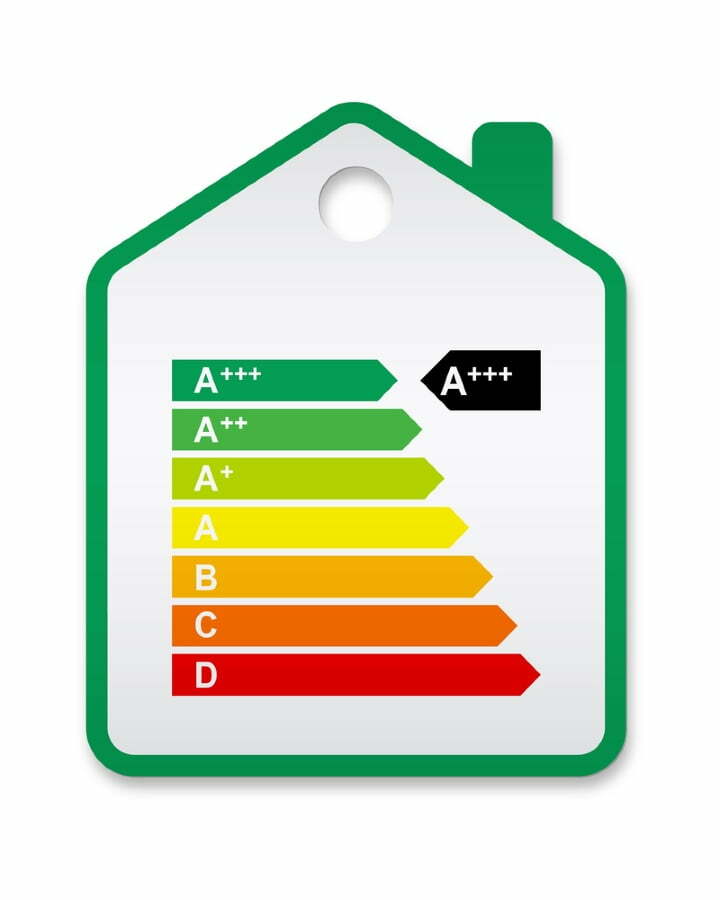
When I first started searching for new windows, I was overwhelmed by the number of labels and certifications attached to each product. It felt like every window had a different label with different numbers and ratings.
But as confusing as it all seemed, understanding these labels is crucial to making an informed decision about your windows.
So what do these labels mean? Well, they’re essentially certifications that indicate how energy-efficient a window is.
They consider factors such as heat loss, solar gain (how much sunlight enters through the glass), air leakage (how much air passes through gaps in the frame), and condensation resistance.
The most common certification programs are ENERGY STAR®, National Fenestration Rating Council (NFRC) ratings, American Architectural Manufacturers Association (AAMA) certification program standards among others.
By looking at these labels on your potential new windows before making any purchase decisions can help you understand which ones will be best suited for your home’s needs while also saving money on energy bills over time.
Understanding window labeling may seem daunting but taking some time to research them could save homeowners thousands of dollars in heating or cooling costs over their lifetime!
Energy Star Certification
One of the most well-known certifications for energy-efficient windows is Energy Star. You’ve probably seen this label on appliances, electronics, and even homes.
But what does it mean when it comes to windows?
Energy Star is a program run by the U.S Environmental Protection Agency (EPA) that sets standards for energy efficiency in various products, including windows.
To earn an Energy Star certification, a window must meet certain criteria based on its performance in three areas: U-factor (how well the window insulates), solar heat gain coefficient (how much heat from sunlight passes through), and air leakage rate.
But why should you care about Energy Star certification? Well, simply put – it can save you money! According to the EPA’s website, “ENERGY STAR certified windows can lower your energy bills by an average of 12% nationwide compared to non-certified products.”
That’s because these certified windows are designed to keep your home cooler in summer and warmer in winter without relying as heavily on heating or cooling systems.
So next time you’re shopping for new windows or considering replacing old ones with more efficient models – look out for that blue sticker with a star inside! It could make all the difference when it comes to saving money on your utility bills while keeping your home comfortable year-round.
U-Factor and Solar Heat Gain
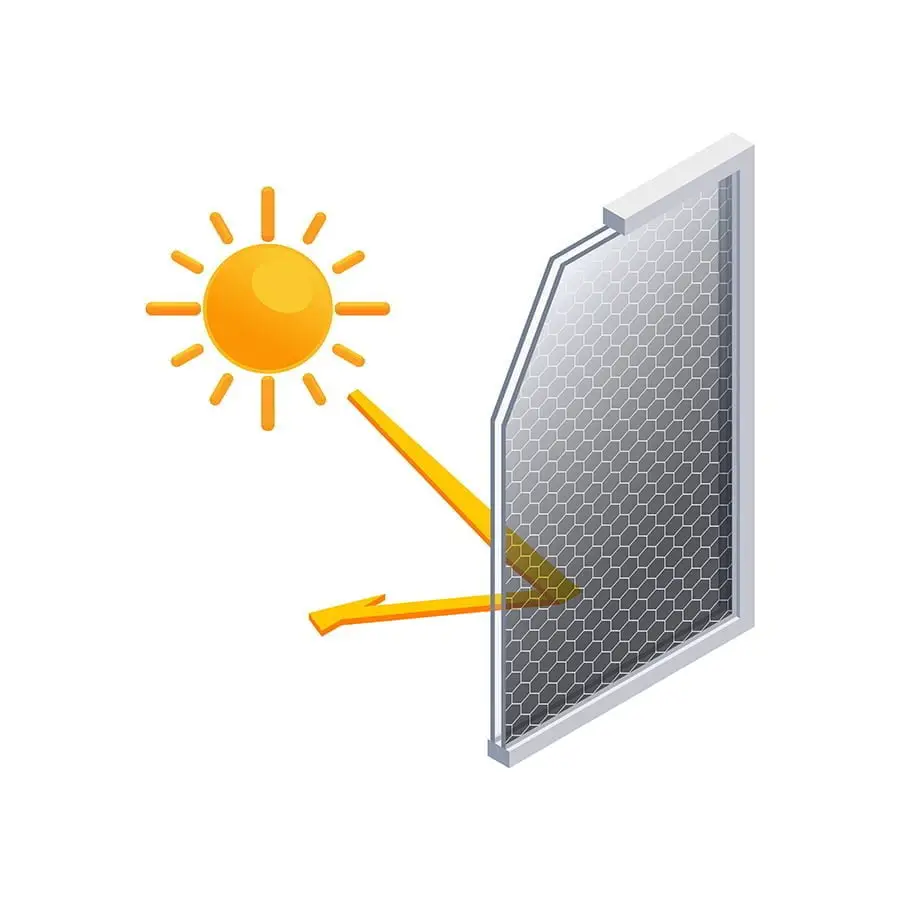
When I first started researching energy-efficient windows, the term “U-Factor” kept popping up. At first, I had no idea what it meant.
But after some digging, I learned that U-Factor is a measure of how well a window can keep heat inside your home during the winter months. The lower the U-factor rating on your window label, the better its insulating properties.
But there’s more to consider than just keeping the heat in during cold weather; you also want to keep unwanted solar heat out during hot summer months. That’s where Solar Heat Gain Coefficient (SHGC) comes into play – it measures how much solar radiation passes through a window and enters your home as heat.
Understanding these two ratings is crucial when choosing energy-efficient windows for your home because they work together to help regulate temperature and reduce energy costs year-round.
So next time you’re shopping for new windows or trying to decipher those confusing labels on existing ones, remember that understanding U-Factor and SHGC will help you decide which windows are right for you!
Air Leakage Ratings

One of the labels that confused me the most when I was shopping for windows was the air leakage rating. It seemed counterintuitive to think about air leaking out of my windows, but it turns out that this is an important factor in energy efficiency.
Air leakage ratings measure how much outside air can enter your home through a window. The lower the number, the less air will leak into your home and escape from it.
This means you’ll have better control over your indoor temperature and won’t waste energy on heating or cooling.
So if you’re looking for new windows for your home and see an “AL” label on them (which stands for Air Leakage), don’t be intimidated! Just remember that lower numbers mean better performance when it comes to keeping outside air where it belongs – outside!
Visible Transmittance (VT)

The higher the VT rating, the more natural light will enter your home. This is important because not only does natural light make your home feel brighter and more inviting but it also reduces your need for artificial lighting during daylight hours which saves you money on electricity bills.
When shopping for energy-efficient windows, look for those with high VT ratings if you want to maximize natural lighting in your home while still maintaining energy efficiency.
Condensation Resistance (CR)
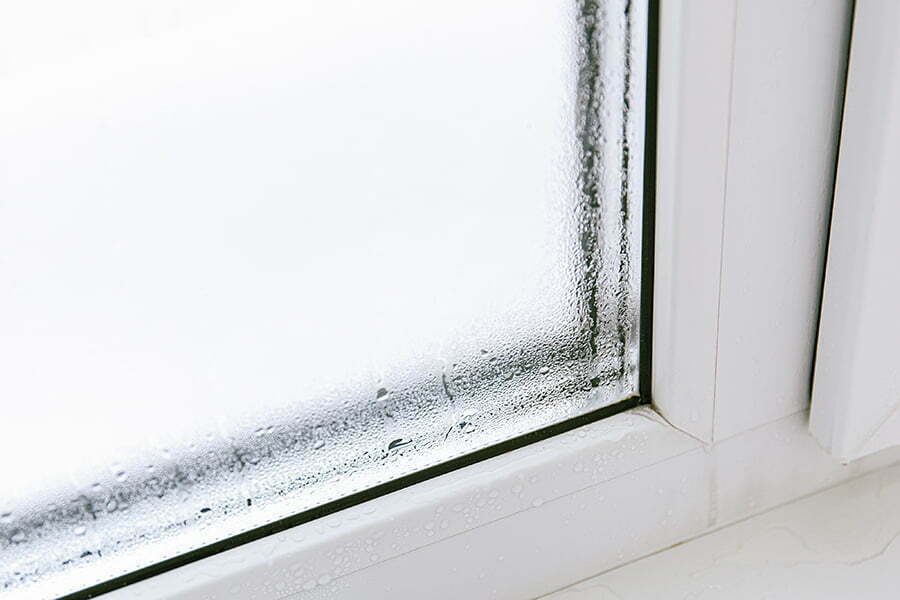
CR measures a window’s ability to resist interior surface condensation. This is important because when warm air inside your home comes into contact with cold surfaces like windows during winter months or in humid climates, it can cause moisture buildup and potentially lead to mold growth or damage over time.
So if you’re looking for windows that will help prevent this issue from occurring in your home, look for ones with a higher CR rating. The scale ranges from 0-100 and anything above 50 is considered good.
Understanding these labels may seem overwhelming at first but taking the time to research them can save you money on energy bills and ensure your family’s comfort year-round.
NFRC Label Breakdown
One of the most common labels you’ll see on windows is the NFRC label. The National Fenestration Rating Council (NFRC) is a non-profit organization that provides energy performance ratings for windows, doors, and skylights.
The label includes several important measurements that can help determine your window’s energy efficiency.
The first measurement on the NFRC label is U-factor, which measures how well a window insulates against heat loss. A lower U-factor means better insulation and higher energy efficiency.
Next up is Solar Heat Gain Coefficient (SHGC) measures how much solar radiation passes through a window into your home. A lower SHGC means less heat gain in warmer months and better cooling efficiency.
Visible Transmittance (VT) indicates how much light comes through the glass of your window while still blocking harmful UV rays from entering your home.
Lastly, Air Leakage rating shows air infiltration rate per square foot of frame area at 25 mph wind speed. Understanding these measurements can be overwhelming, but making an informed decision about purchasing new windows for our homes is essential.
So next time when you’re shopping for new windows or replacing old ones with more efficient models look out for these labels to ensure maximum comfort in all seasons while saving money on utility bills!
Recap

